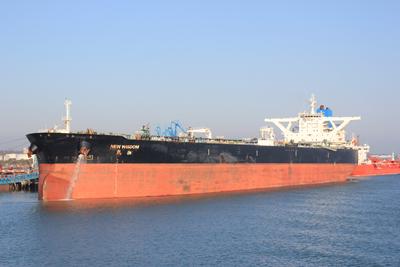
A team of scientists from the University of Southampton, Bangor University and the ³Ô¹ÏÍøÕ¾ Oceanography Centre have discovered several artificially introduced species in the coastal waters of southern England, using a technique that could help the early detection of non-native species if adopted more widely.
Among the species identified during the study was Cephalothrix simula, a worm, originating from the North West Pacific Ocean, which contains neurotoxins that are potentially fatal if they enter the human body.
The researchers, led by Luke Holman, a PhD student at the University of Southampton, collected water and sediment from four marinas around the UK and analysed the DNA of each sample to determine which species had been present in the ecosystems.
Organisms leave traces of their DNA in water systems through a variety of means, for example fish can lose scales and many species can release sperm or eggs during the spawning season. The team were able to extract this genetic material, known as environmental DNA (eDNA), and compare it to global DNA databases to identify the presence of species.
Luke Holman said “We are enormously excited about the potential for eDNA in the detection of invasive species. This initial work gives us confidence that the technique could be invaluable both for catching invasions early on and also for monitoring the success of eradication efforts.”
There are many ways in which species that are not native to the UK arrive on our shores. They can be carried in ballast water tanks or on ship hulls from one international harbour to another, something especially common in places like Southampton. They can also hitch a lift on live fish stocks and oysters imported for British fish farms.
In total the team identified 18 non-indigenous species across the four sampled marinas – in Southampton Water, Anglesey, The Bristol Channel and the River Blackwater. The Cephalothrix simula worm had not been previously detected in the UK when this study was carried out in May 2017 although it was subsequently found in Cornwall the following year; a discovery which has been documented by the Centre for Environment, Fisheries and Aquaculture Science (Cefas). Other recently introduced species the researchers detected included Arcuatula senhousia (Asian date mussel) and another type of worm known as Paranais frici.
If not caught early, invasive species can have devastating effects on the country’s native wildlife habitats. For example, Asian date mussels can alter sediment through the thread like cocoons they produce which weave together and change the seafloor from a muddy to a thick, sandy material. This in turn changes the creatures that inhabit the area.
Luke Holman added “We know that the muddy flats of Southampton water and the Solent area provide a great deal of food for foraging birds so we should be worried about any species with an ability to change the sediment.”
eDNA metabarcoding surveys are increasingly common in biodiversity monitoring, but their use for the detection of invasive species remains limited and this study, published in the journal , is the first of its kind in the UK.
The team hopes to build on their research by providing guidance for routine monitoring of non-indigenous species to natural resource agencies both in the UK and elsewhere.









